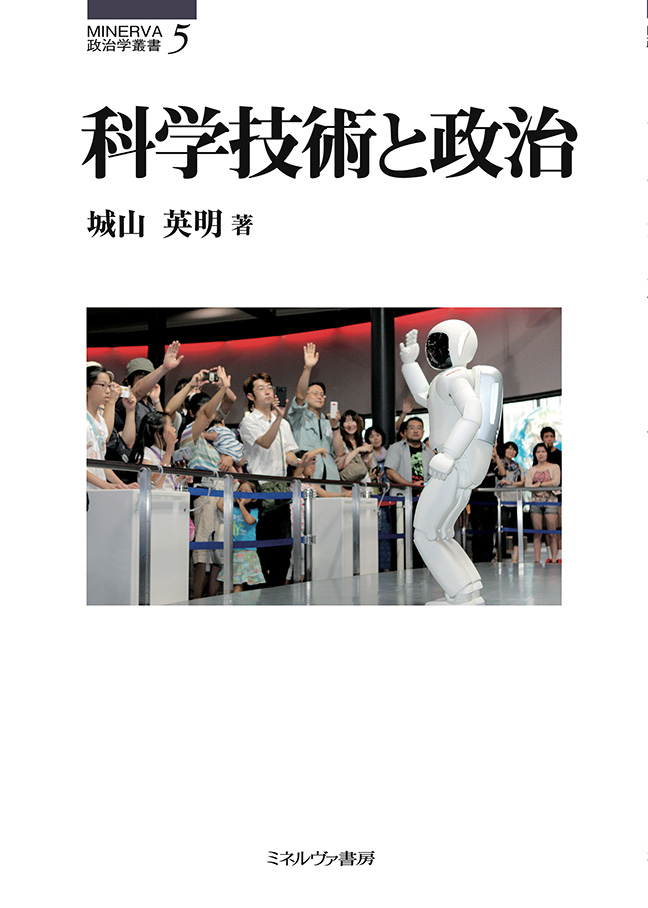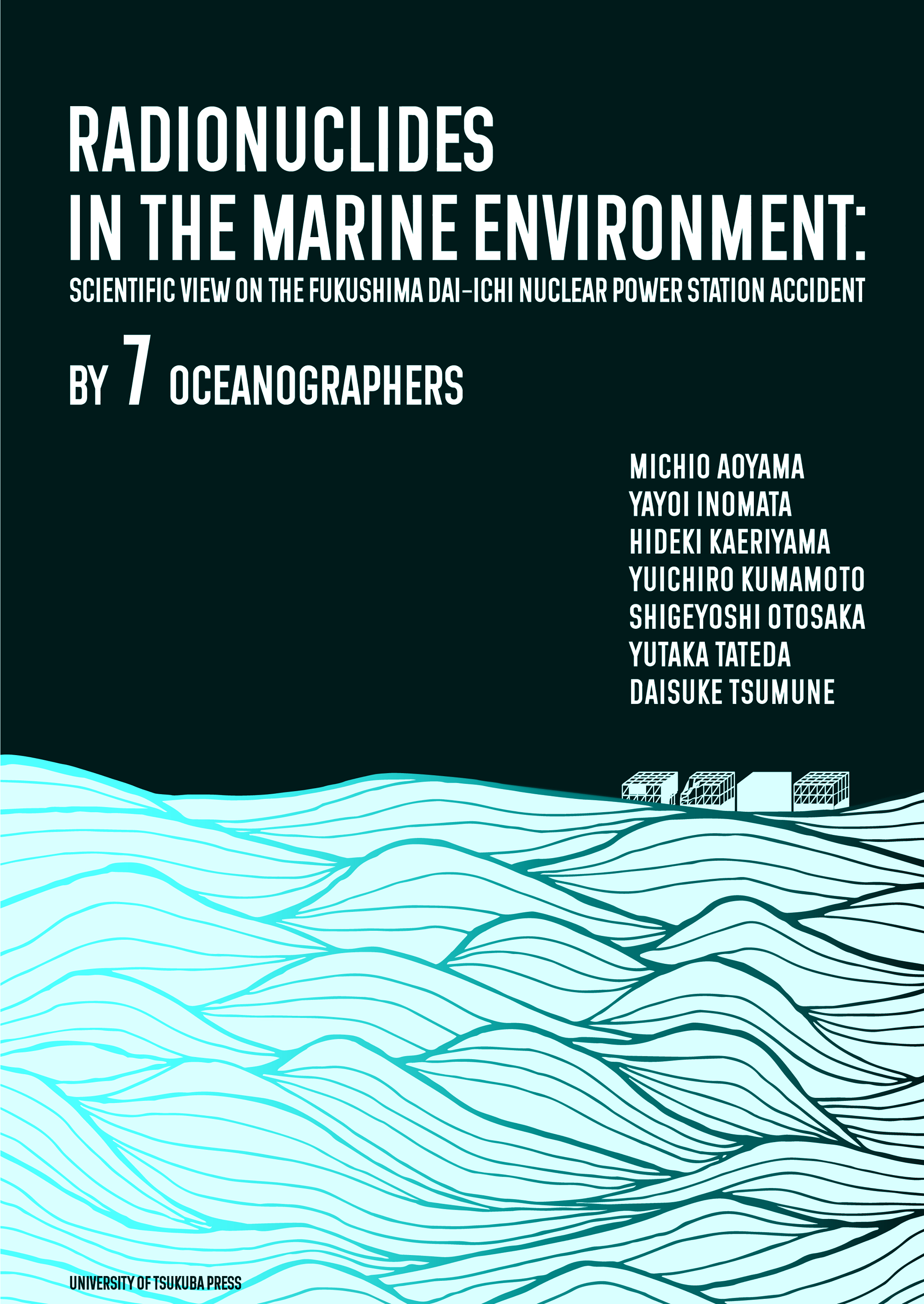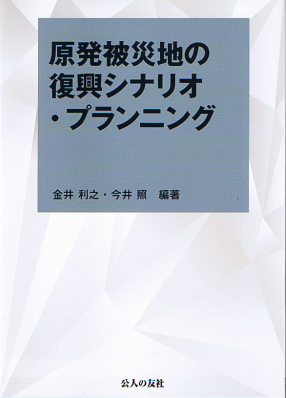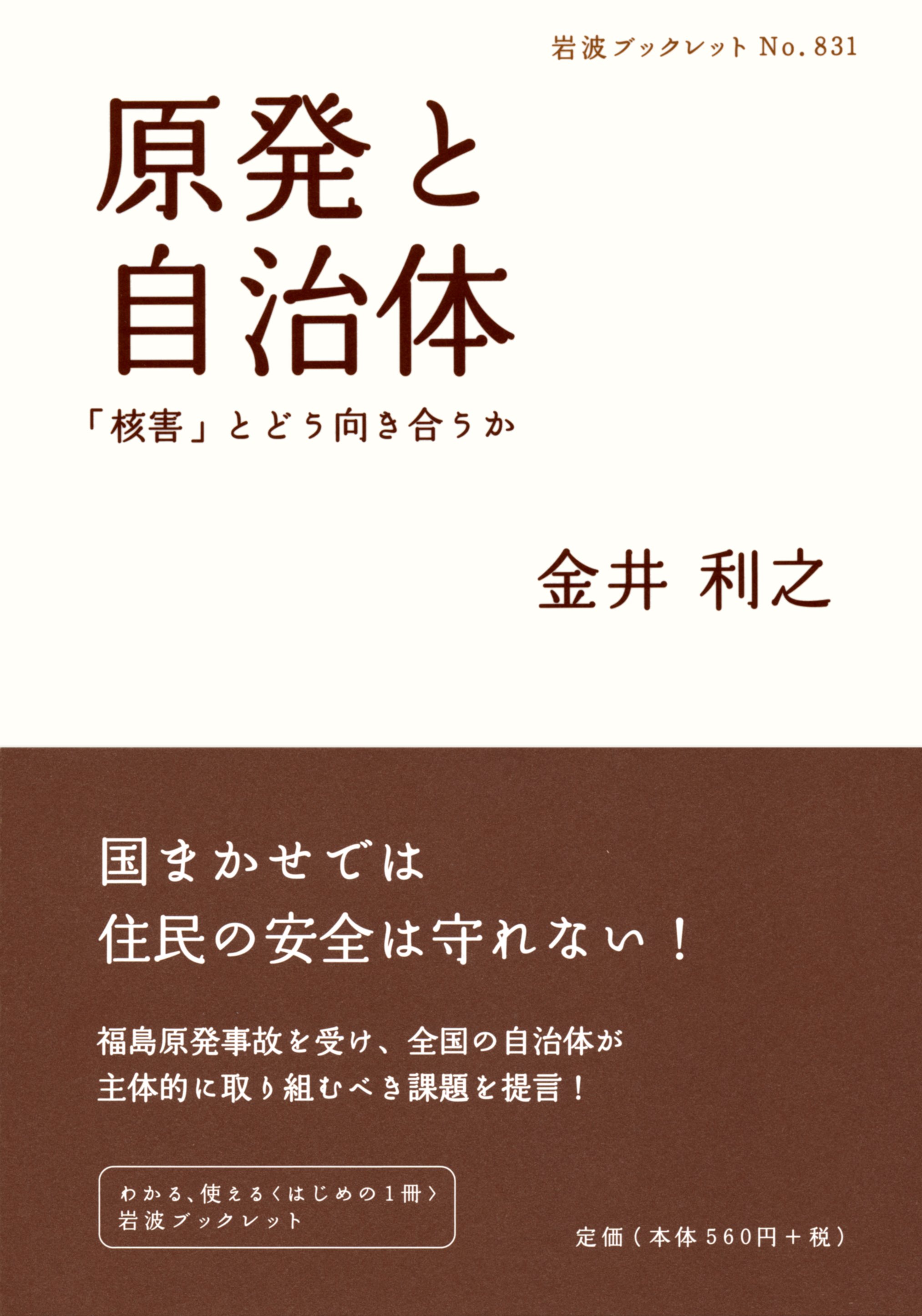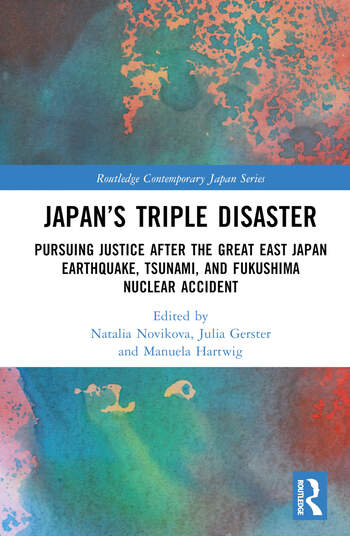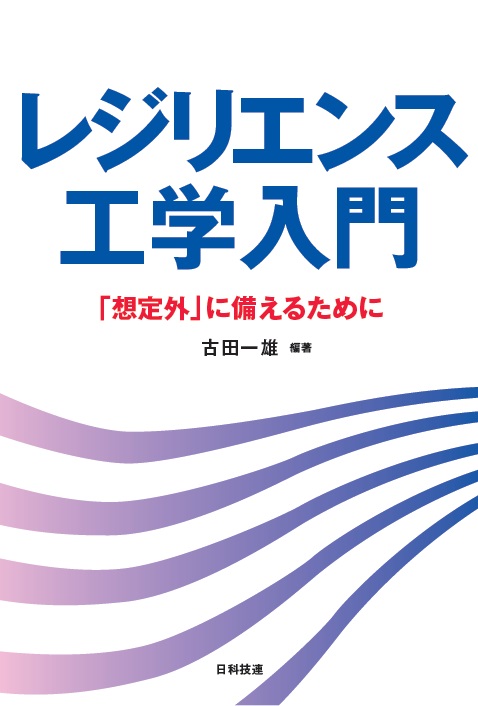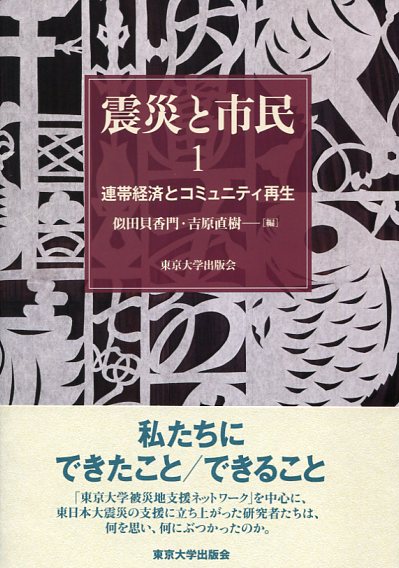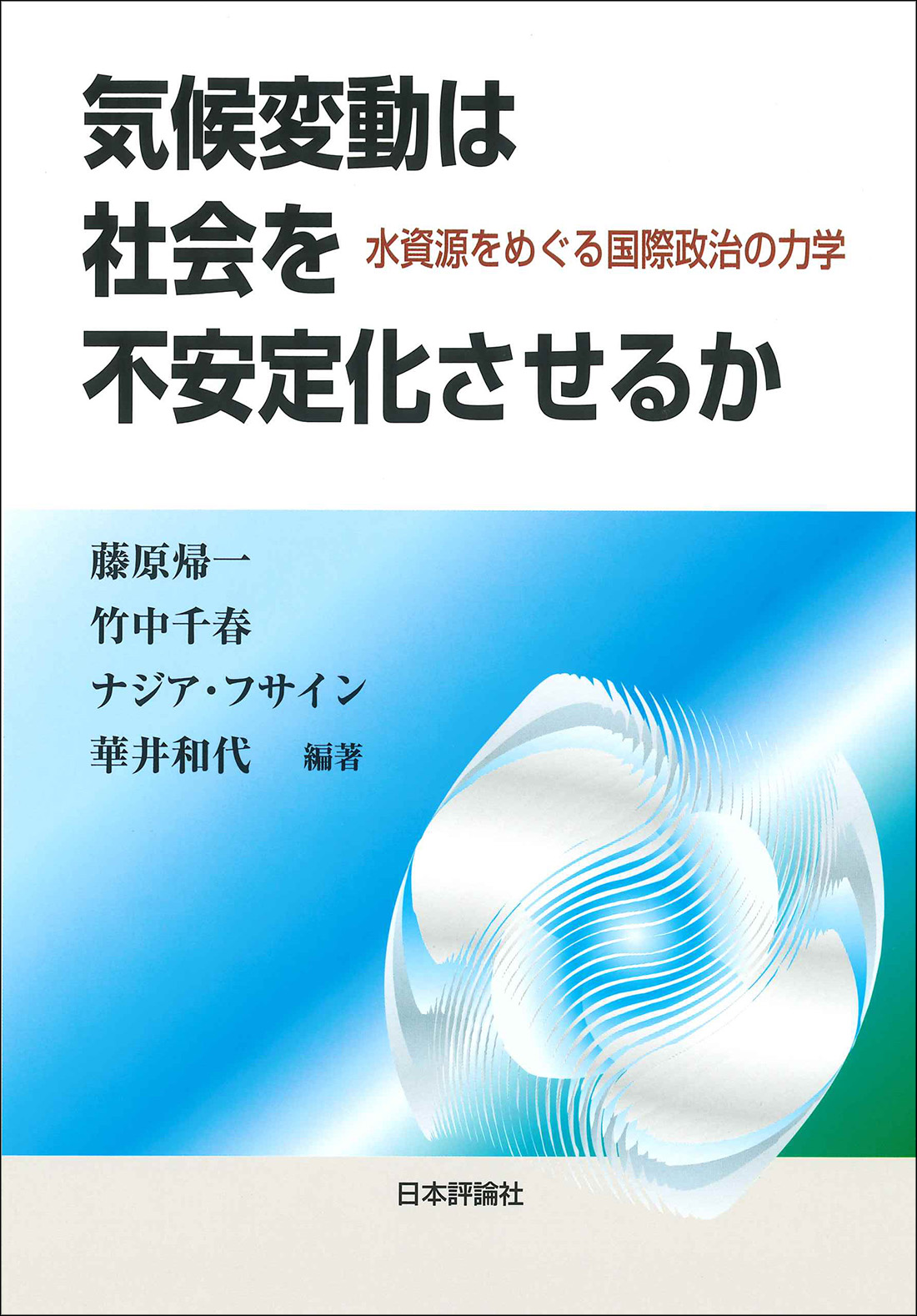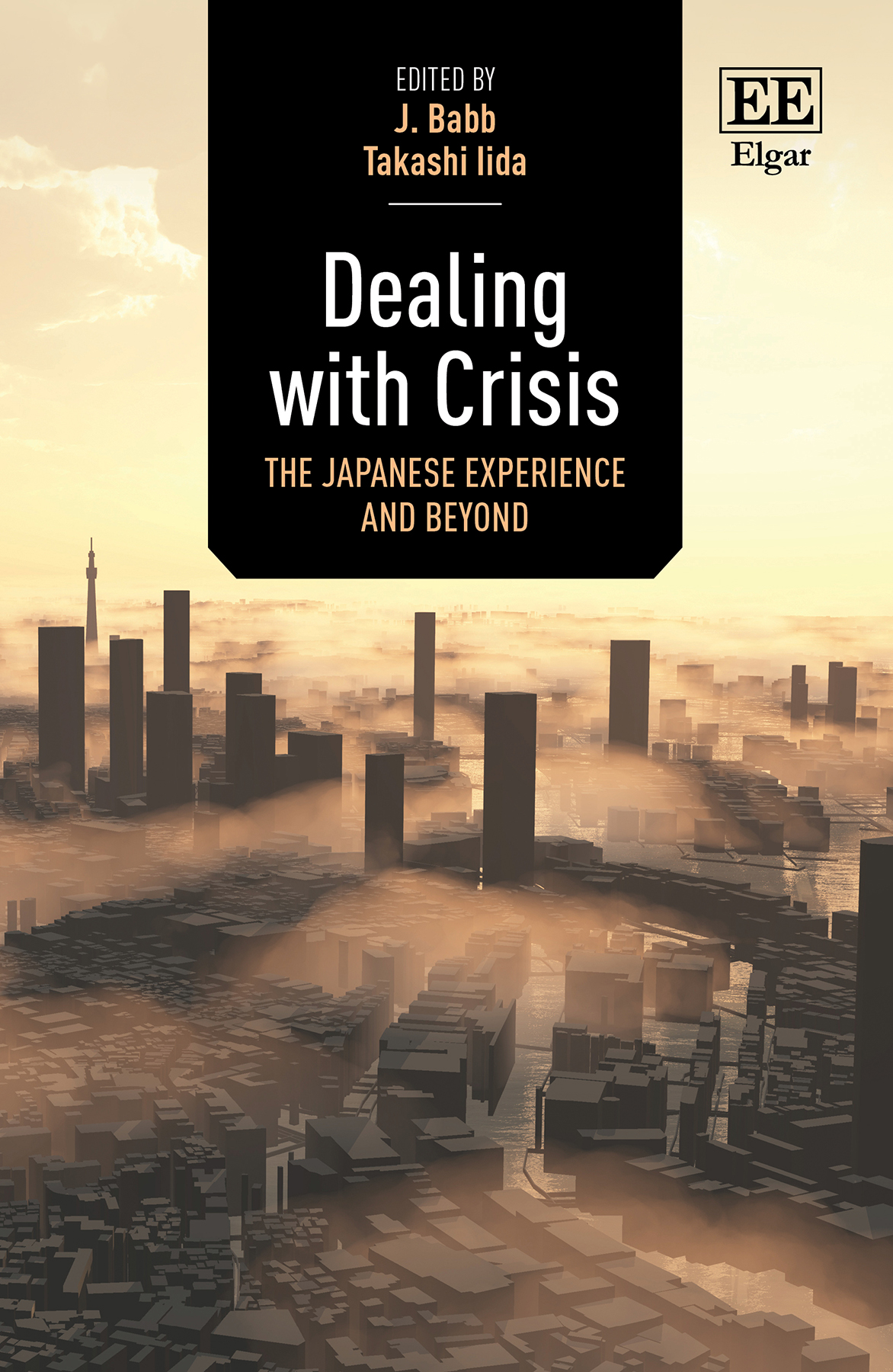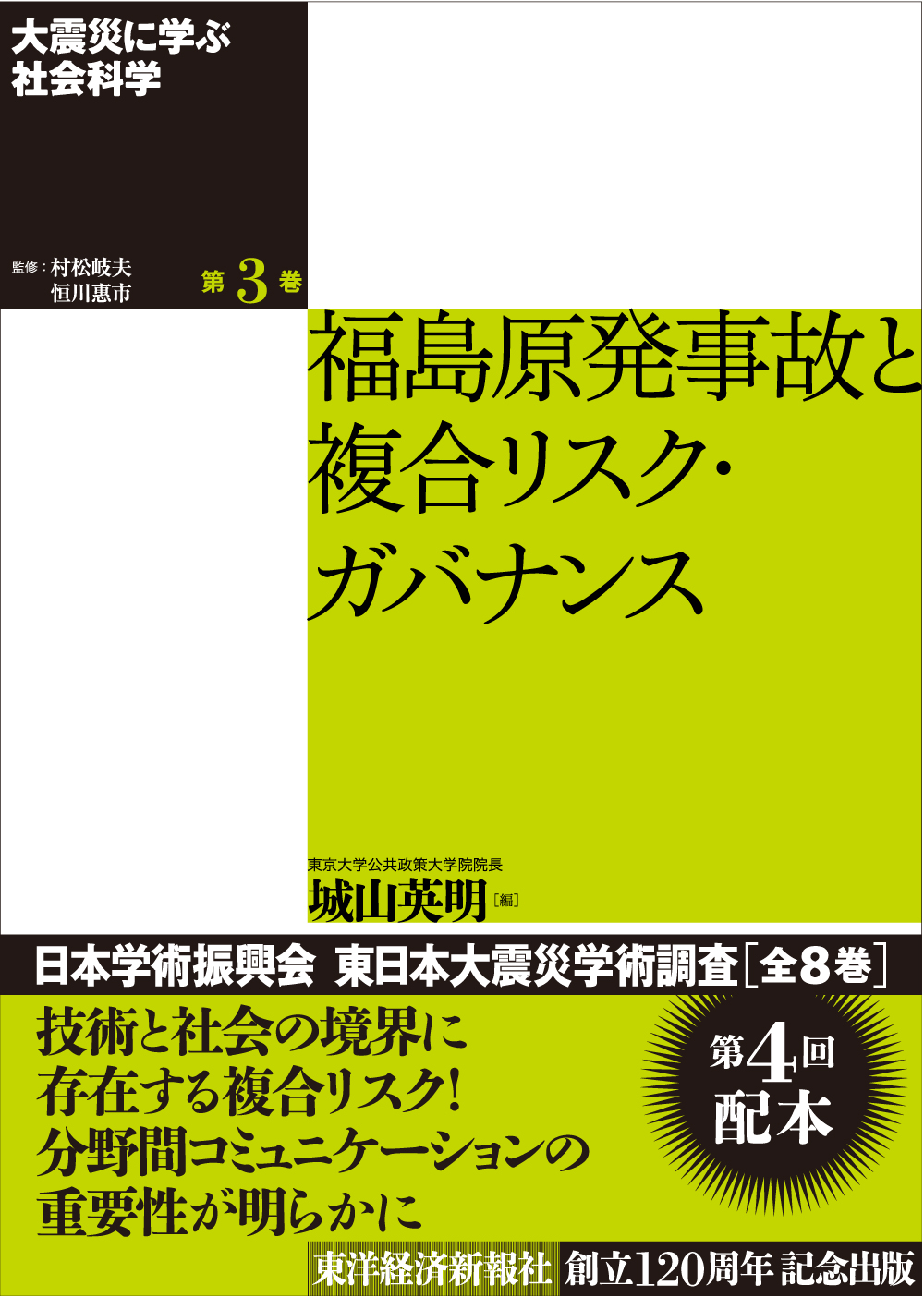
Title
Social Science Learned from Major Earthquake Disasters Volume 3 Fukushima Genpatsu Jiko to Fukugo Risk Governance (Fukushima Nuclear Power Plant Accident and Complex Risk Governance)
Size
400 pages, A5 format, hardcover
Language
Japanese
Released
September 25, 2015
ISBN
9784492223581
Published by
Toyo Keizai Inc.
Book Info
See Book Availability at Library
Japanese Page
Modern socioeconomic activities are globally interrelated in complex and multilayered ways while being supported by and dependent on various technological systems. In this context, the Great East Japan Earthquake and tsunami (Earthquake) struck Tōhoku’s coast on March 11, 2011. This natural disaster was unimaginably massive, and it created enormous damages to the large-scale social infrastructure (communications, railways, harbors, power grid, water supply, and so on), which precipitated the nuclear accident at the Fukushima Daiichi Nuclear Power Plant.
The nuclear accident not only severely disrupted the daily lives of thousands of local residents but also exposed the extent of social and economic dependence on nuclear power plants. The accident led to a series of interrelated outcomes—decline and/or cessation of production in Tohoku and Kanto regions caused by the lack of electricity, national and international effects of the disrupted supply chain, cessation of nuclear power plant operations throughout Japan, national and international discourse on nuclear power and energy policies, and reassessment of nuclear power safety regulations. Seven years later, the management of the Fukushima Daiichi Nuclear Power Plant remains on guard as we continue down the long road toward decommission.
The earthquake and nuclear accident not only affected nuclear power generation and other energy issues but also influenced other aspects of society. The nuclear accident caused safety concerns about radioactivity in foods. Those disasters were major problems for the medical and healthcare sector regarding evacuations of patients and provisions of medicines and medical equipment to affected areas, which undermined medical and nursing care. The earthquake also had a major impact on the transportation infrastructure. There were concerns that its after effects would have a systemic influence on economic activities and individual/household finances; thus, measures were taken for appropriate financial responses to the victims and to ensure the settlement functions of the affected financial institutions. All of these issues were interrelated and, therefore, responses to future major disasters as complex risks are needed.
Chapter 1 of this book presents the analytical framework of risk governance from the analytical perspective of complex risks. In Part 1, we discuss the societal activities for safety assurances regarding nuclear power generation technologies, typical of integrated engineering, before, during, and after the nuclear accident. In Part 2, cases from the field regarding food safety problems after the nuclear accident and the responses of the medical sector, transportation systems, and financial systems during the emergency period after the earthquake are analyzed. We discuss issues related to complex risk governance for managing the interrelationships. Finally, Chapter 12 compares the affected aspects of society from the risk-framing perspective (i.e., method of making assumptions), and we confirm the interactions among multiple risks that created larger risks, demonstrating that, for complex risk governance that prevents these issues from occurring, assurances of communication among experts across areas of expertise is essentially important.
(Written by Hideaki Shiroyama, Professor of Graduate Schools for Law and Politics, Professor of of Graduate School of Public Polic, Vice Director, Institute for Future Initiatives / 2019)



 Find a book
Find a book


 eBook
eBook